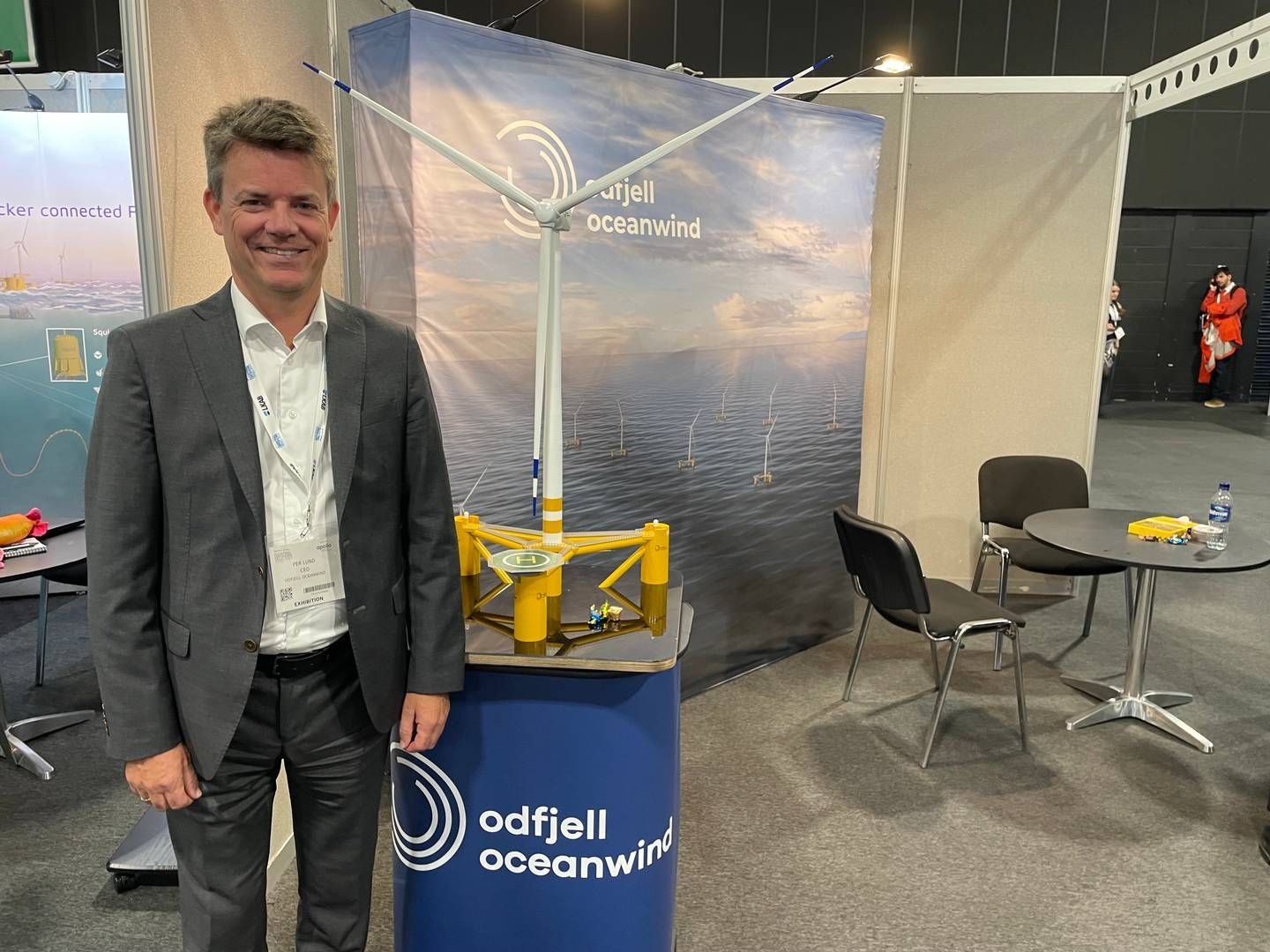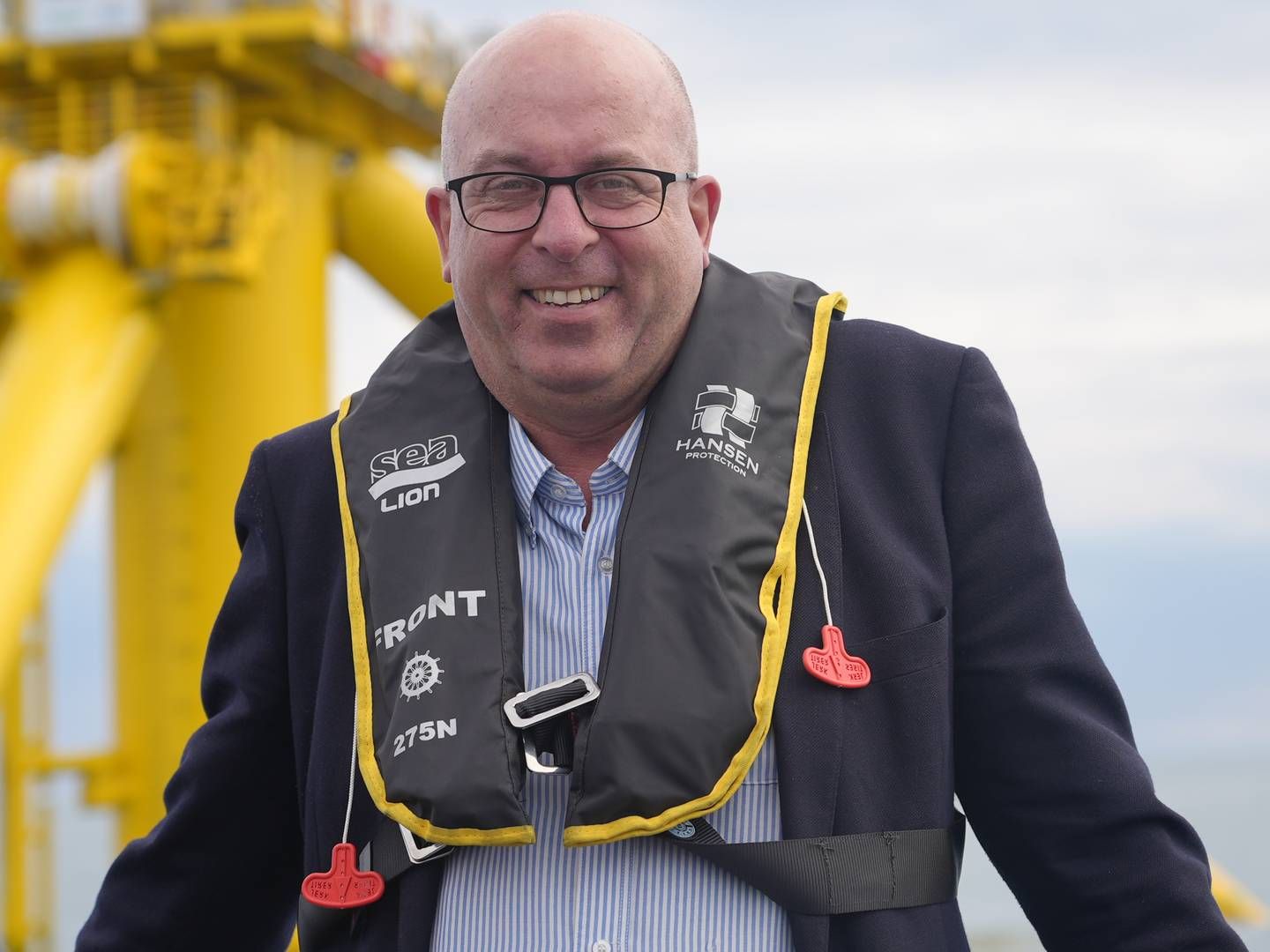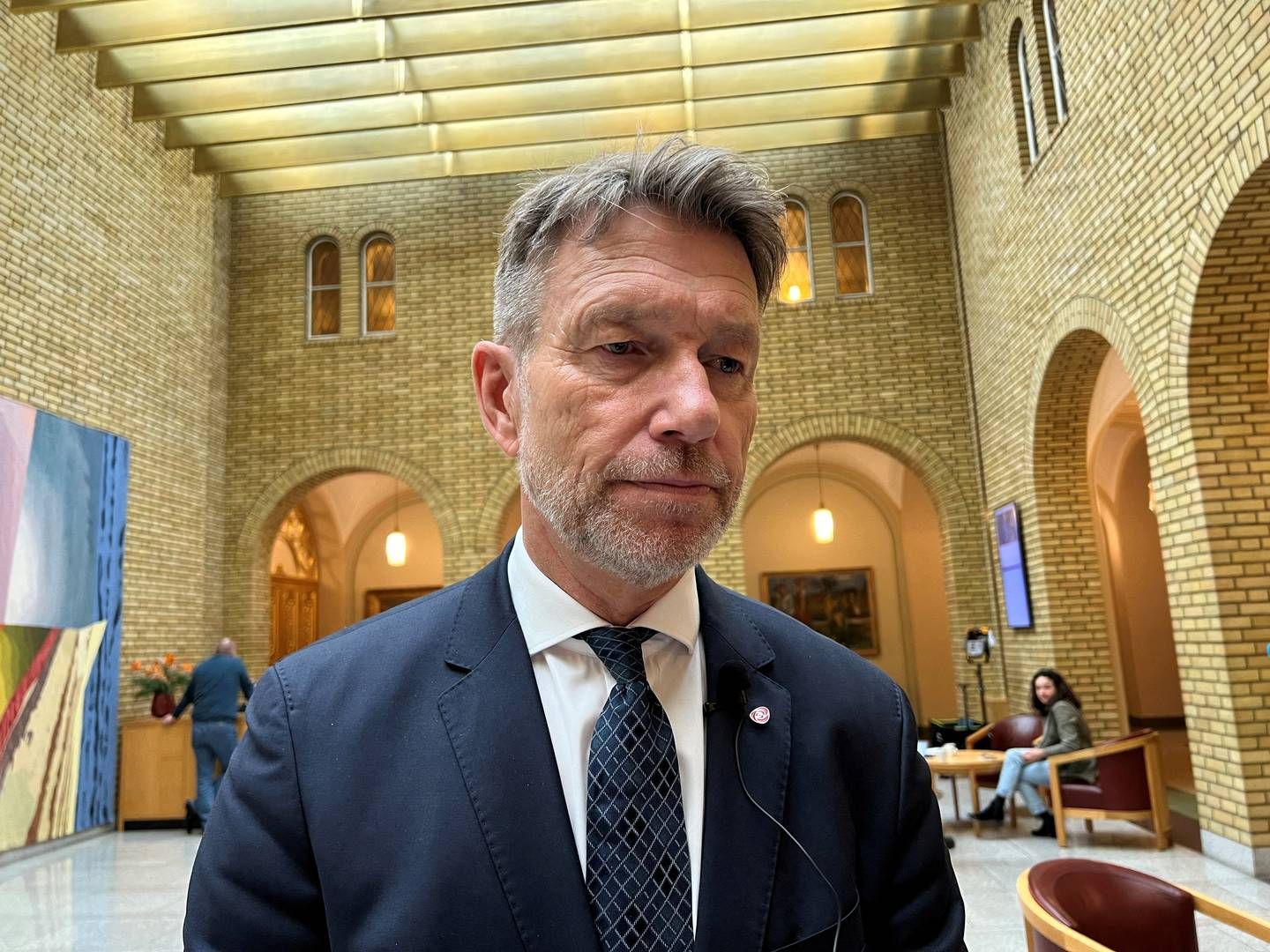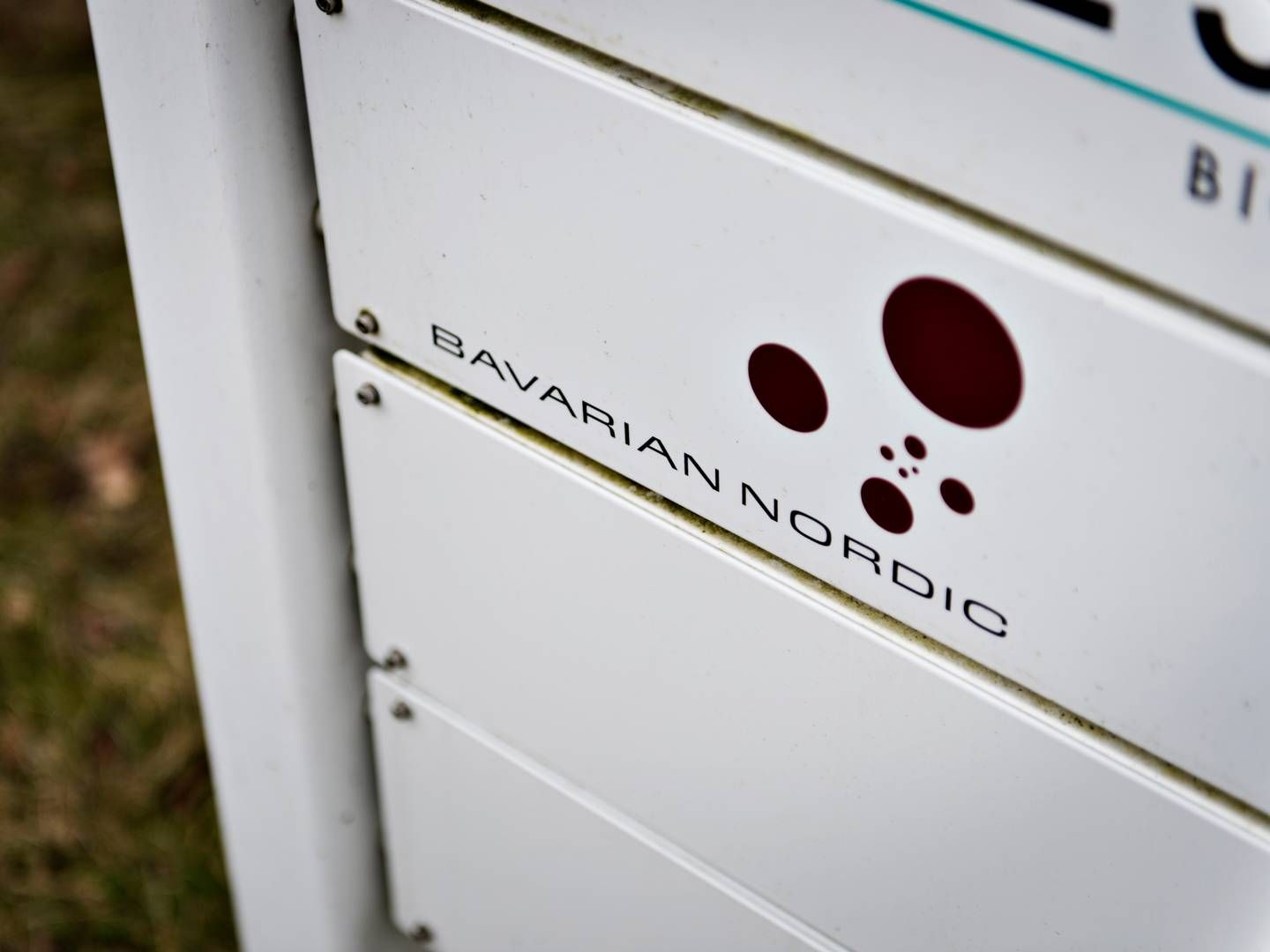Ventyr yet to select Sørlige Nordsjø II foundations

On Friday last week, the Ventyr consortium’s notice of proposal for consultation on the offshore wind farm and grid connection elements of Sørlige Nordsjø II was sent out. The proposal states that the consortium has not yet decided on the type of foundation to be used for the first Norwegian offshore wind farm.
Ventyr highlighted experience from deep-sea wind projects as one of its competitive advantages when presenting the project to the Minister of Energy and inviting the Norwegian press in April this year. At the Arcadis offshore wind farm, they installed turbines at a depth of 45 meters.
That’s not as deep as the 50-70 meters they have to deal with in the Sørlige Nordsjø II project, but Parkwind CEO François van Leeuw explained that in practice, using the XL monopiles for the Arcadis project was just as challenging.
“There was a layer of mud on the seabed. Before we reached stable soil conditions, it was 60 meters,” van Leeuw said in April.
The draft proposal for the offshore wind farm, which was sent out for consultation by NVE on Friday last week, makes it clear that Ventyr has not yet decided what type of foundation will be used for Southern North Sea II:
“The foundations for the wind turbines can either consist of monopiles driven into the seabed, jacket structures or gravity-based concrete foundations,” Ventyr writes.
They may, however, just be keeping their options open to have some flexibility.
Ventyr also writes that they haven’t decided how they will install the turbines, but outlines that the most likely option is a jack-up vessel.
“The wind turbines will most likely be installed using a jack-up vessel. Different methods will be considered, including the use of one vessel capable of handling multiple wind turbines on each voyage, or two vessels to complete the wind turbine installation during a summer season,” Ventyr writes.
Ventyr expects to install 60-100 wind turbines with an installed capacity of between 15 and 25 MW each. At the same time, they say they consider it most likely that they will choose 17 MW turbines.
“The proposed main alternative for the development of Southern North Sea II is 88 wind turbines with an installed capacity of 17 MW each. This is an improvement on the 14-15 MW turbines that are planned to be used in many developments in the coming years. Wind turbines of up to 25 MW can also be expected to be developed over the next few years, but the choice of larger turbines will involve significant technical and commercial risk that may prevent the project from being completed by 2031,” Ventyr writes.
The offshore wind consortium is working towards a plan to have the Sørlige Nordsjø II farm operational by December 31, 2031.
English edit: Catherine Brett

























.jpg&w=384&q=75)